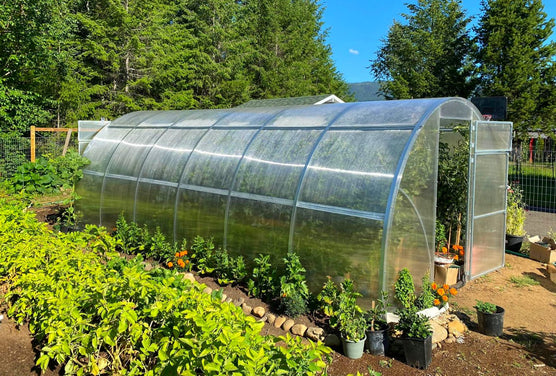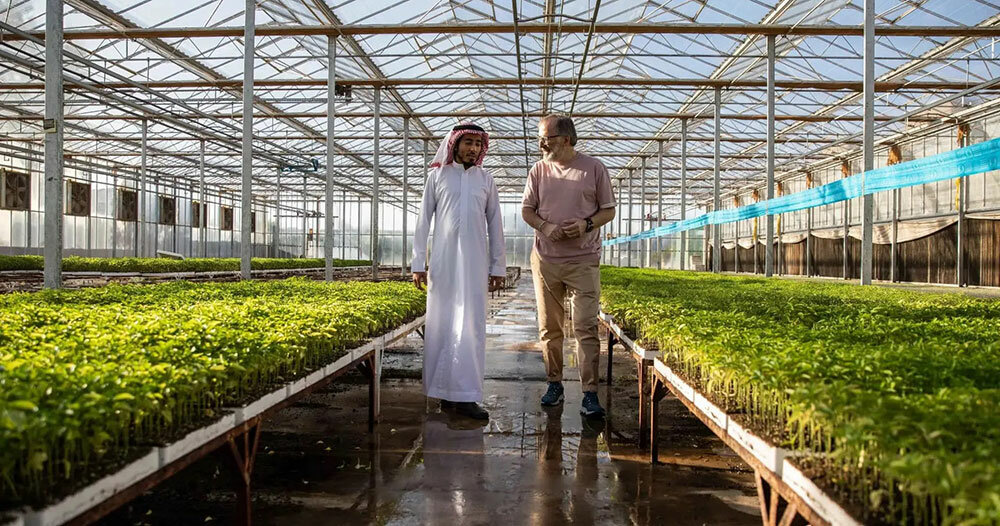The Future of Greenhouses: Developments in Sustainable Farming
Are you curious concerning the future of greenhouses and how they are changing sustainable agriculture? Look no more! In this post, we will certainly check out the interesting technologies that are leading the way for a greener and a lot more reliable farming market. From innovative environment control systems to upright farming methods, water-efficient irrigation approaches, renewable resource assimilation, and clever data analytics, these improvements are changing the way we grow our food. Prepare to uncover the future of lasting farming in greenhouses!
Advanced Climate Control Solution
To accomplish optimal growing conditions, you can depend on the improvements in greenhouses with innovative environment control systems. These systems have actually changed the means we grow plants, supplying a regulated atmosphere that contributes to plant development. With these ingenious systems, you can currently control temperature level, humidity, light levels, and even CO2 concentrations to create the perfect problems for your plants to grow.
Among the crucial functions of these sophisticated climate control systems is their ability to control temperature level. By using sensors and automated controls, the greenhouse can readjust the temperature based on the specific demands of the plants. This makes certain that they are never ever subjected to extreme heat or chilly, which can be harmful to their growth.
Moisture control is one more vital element of these systems. By maintaining the excellent moisture degrees, you can avoid issues such as mold and mildew, mildew, and disease from affecting your plants. These systems can likewise manage the quantity of light that reaches the plants, ensuring that they receive the ideal amount for photosynthesis.
In addition, advanced climate control systems can also control carbon dioxide concentrations. By increasing the degrees of CO2 in the greenhouse, you can enhance plant development and productivity. This is specifically advantageous in areas with reduced natural carbon dioxide levels.
Upright Farming Methods
One vital upright farming strategy is making use of piled growing systems. Piled growing systems are frequently used in metropolitan locations where area is limited.
One preferred technique is called vertical hydroponics, where plants are grown in nutrient-rich water without soil. This strategy is extremely effective as it reduces water use by approximately 90% contrasted to standard farming techniques. In addition, because the plants are grown indoors, they are protected from bugs and illness, lowering the need for pesticides.
An additional method is aeroponics, which involves putting on hold the plant origins in a mist or air setting. This technique enables ideal nutrient absorption and oxygenation, resulting in faster development and higher yields. Aeroponics also uses much less water than traditional farming and can be applied in upright systems, making it a prominent selection for vertical farming.
Water-efficient Irrigation Methods
When it comes to applying water-efficient irrigation techniques in sustainable farming,Making the most of water conservation is crucial. With global water deficiency coming to be a pushing problem, it is vital to establish innovative strategies that enhance water use in greenhouse operations.
One encouraging method is drip irrigation, which supplies water directly to the plant origins, reducing waste and dissipation. By making use of a network of tubes with small emitters, water is used slowly and specifically, guaranteeing that plants receive the required moisture without excess overflow.
Another efficient method is making use of dirt dampness sensors. These gadgets measure the wetness content in the dirt and supply real-time information to farmers. By monitoring the soil's dampness degrees, farmers can precisely establish when and exactly how much water to use, stopping over-irrigation.
Moreover, the execution of rain harvesting systems is acquiring popularity in greenhouse agriculture. Accumulating rainwater from rooftops and storing it in storage tanks allows farmers to utilize this natural source for watering objectives, minimizing dependence on standard water resources.
Lastly, the adoption of automated watering systems can considerably boost water effectiveness. These systems make use of sensors to find soil dampness levels and climate condition, changing watering routines appropriately. By maximizing water usage based on actual plant requirements, these systems can decrease water waste and promote sustainable farming practices.
Renewable Resource Assimilation
Currently, let's dig into just how you can incorporate eco-friendly energy right into your greenhouse procedures for an extra sustainable future. Renewable resource integration in greenhouses offers a number of benefits, including reduced running costs Discover More Here and lowered dependence on non-renewable energy resources. One means to incorporate renewable resource is through the installment of solar panels. These panels are positioned on the roofing or bordering areas of the greenhouse to catch sunshine and convert it right into this content electrical power. The created power can after that be used to run various operations within the greenhouse, such as home heating, air flow, and lights systems. In addition, excess energy can be kept in batteries for use throughout non-sunlight hours. An additional approach of renewable resource integration is making use of wind turbines. These turbines harness wind power and transform it into electricity, which can be used to supplement the energy needs of the greenhouse. Integrating renewable resource sources not only reduces greenhouse gas emissions but also advertises sustainability and resilience in your farming procedures. By welcoming renewable resource, you can add to a greener future while ensuring the lasting practicality of your greenhouse service.
Smart Data Analytics and Automation
To boost the effectiveness of your greenhouse operations and maximize source utilization, take into consideration carrying out smart data analytics and automation. Smart data analytics includes collecting and assessing data from numerous sensing units and tools within your greenhouse. By keeping track of factors such as temperature level, moisture, light levels, and soil moisture, you can get valuable understandings right into the wellness and growth of your plants. This information can help you make notified choices about readjusting environmental problems, optimizing watering schedules, and stopping prospective issues before they emerge.
Automation, on the other hand, includes utilizing innovation to automate jobs that were formerly done by hand. This can include automating the control of lighting, air flow, irrigation systems, and nutrient shipment. By automating these procedures, you can make certain that your plants obtain the right problems and nutrients at the correct time, without the requirement for continuous hands-on treatment. This not just saves you effort and time yet additionally lowers the threat of human mistake.
In addition, wise data analytics and automation can collaborate synergistically. The data collected by sensors can be made use of to inform automated systems, allowing them to make real-time adjustments based upon the existing problems. This integration of data analytics and automation can bring about extra effective and accurate resource allotment, ultimately leading to higher yields and better plant top quality.
Conclusion
Finally, the future of greenhouses in lasting agriculture looks promising. With innovative climate control systems, upright farming strategies, water-efficient irrigation methods, and eco-friendly power combination, greenhouses are coming to be much more efficient and eco pleasant. In addition, making use click this link of wise information analytics and automation further enhances performance and decreases waste. These developments are leading the method for a more lasting and effective farming market, ensuring a greener and much healthier future for all.

By maximizing water use based on actual plant needs, these systems can decrease water waste and advertise lasting farming practices.
